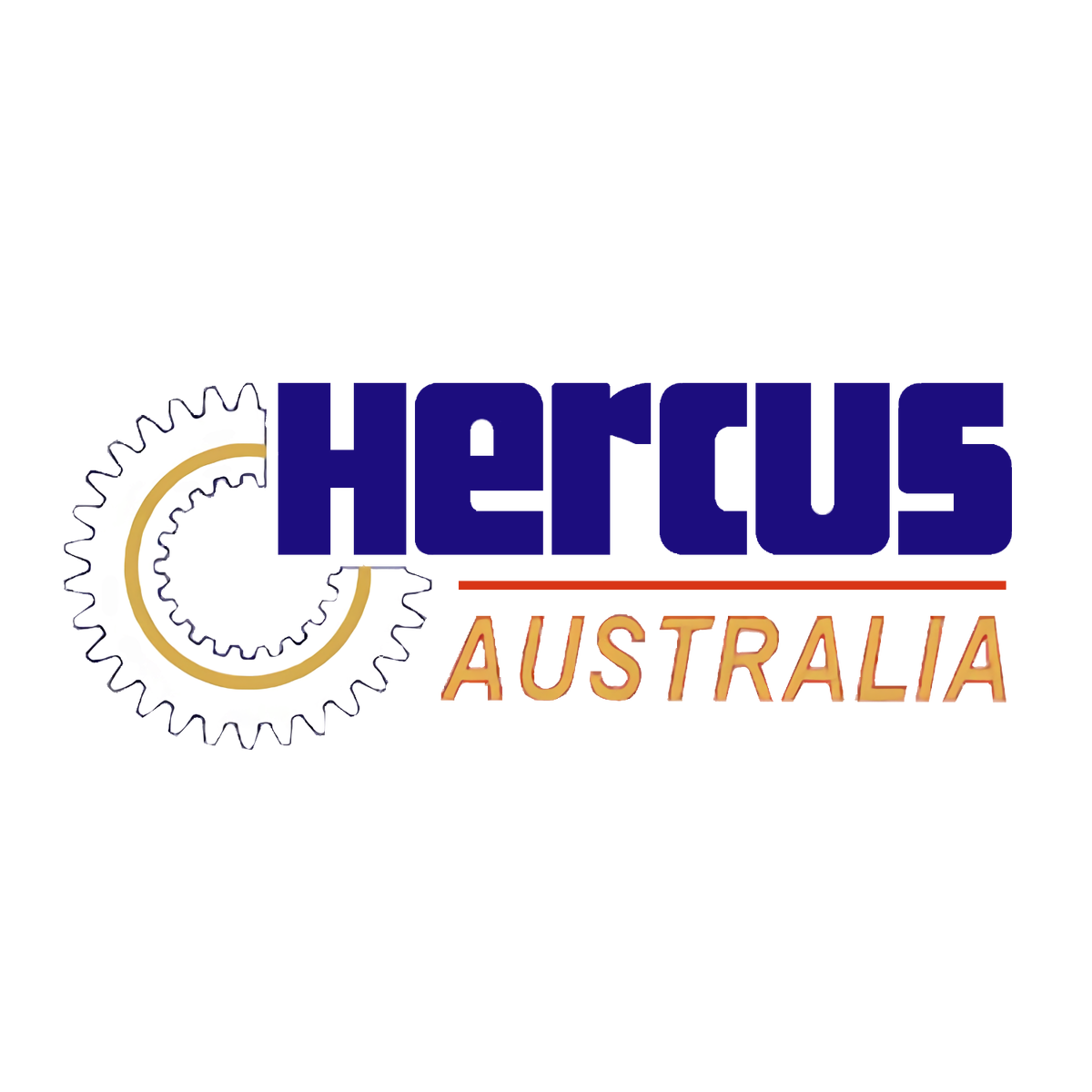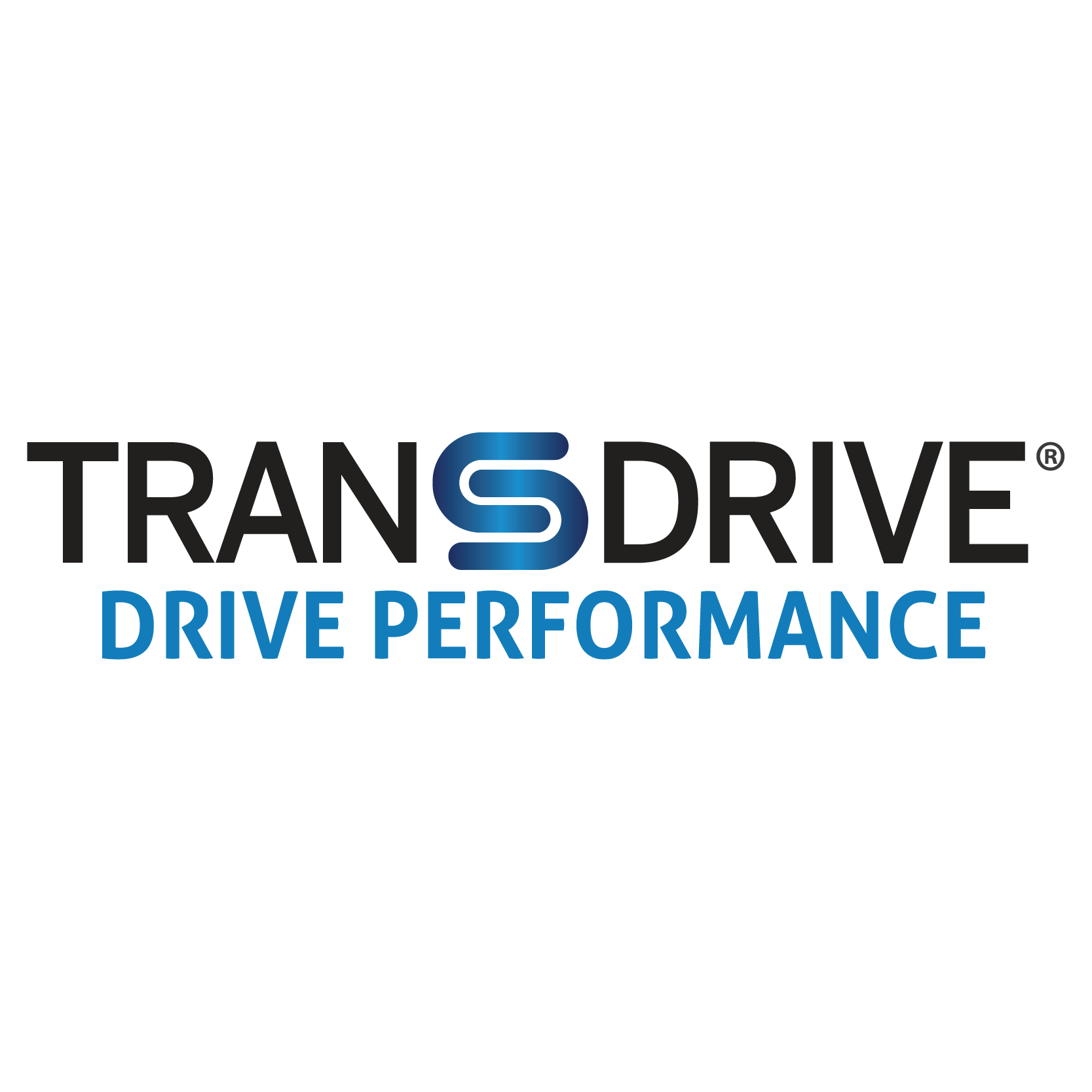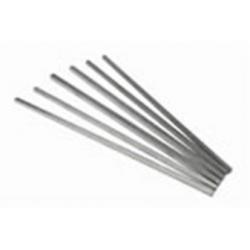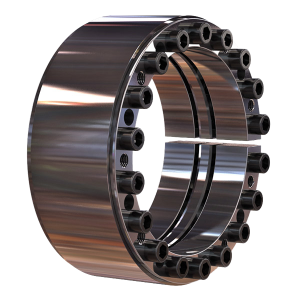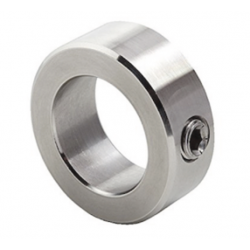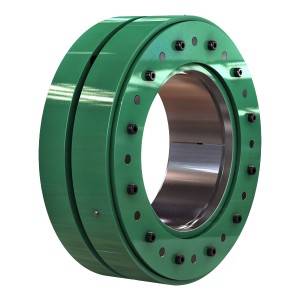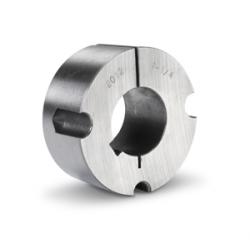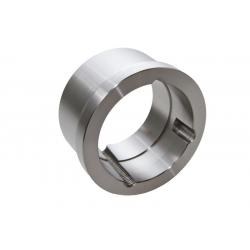Choosing the Right Shaft-Hub Connection: A Guide to Optimal Performance
In the realm of mechanical engineering, selecting the appropriate shaft-hub connection is a critical aspect of designing systems that demand precision, efficiency, and reliability.
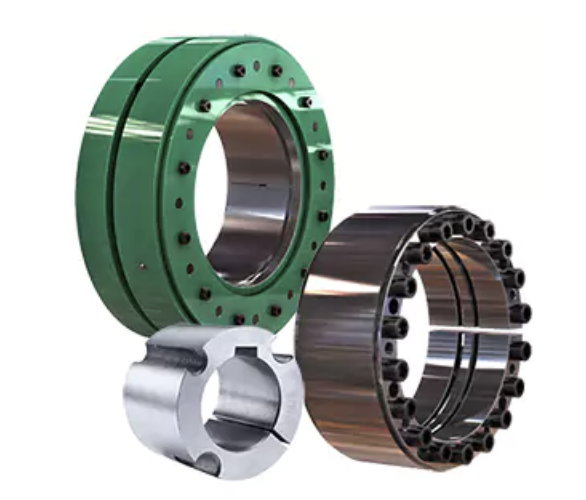
In the realm of mechanical engineering, selecting the appropriate shaft-hub connection is a critical aspect of designing systems that demand precision, efficiency, and reliability. Whether you’re working on a complex industrial machine or a small household appliance, the connection between the shaft and the hub plays a pivotal role in determining the overall performance and longevity of the system. In this article, we’ll explore the key considerations and various types of shaft-hub connections to help engineers and designers make informed decisions.
Key Considerations
There are a few key considerations that are important to consider including:
Torque Requirements
Understanding the torque requirements of your application is fundamental. Different connections have varying torque capacities. Ensure that the chosen connection can handle the expected torque without compromising performance or risking failure.
Misalignment Tolerance
Misalignments are inevitable in many mechanical systems. Consider the level of misalignment that your system may experience and choose a connection that can accommodate these variations without causing undue stress on components.
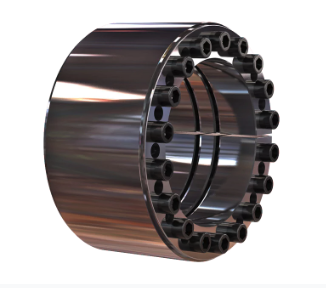
Axial Load & Radial Load
Evaluate the axial and radial loads that the shaft-hub connection will be subjected to. Some connections excel in managing radial loads, while others are better suited for axial loads. Matching the connection type to the load characteristics is crucial for optimal performance.
Speed & RPM
The rotational speed of the shaft and hub is a critical factor. High-speed applications require connections that can handle the resulting centrifugal forces and maintain stability. Evaluate the connection’s ability to withstand the intended RPM to prevent premature wear and failure.
Installation & Maintenance
Consider the ease of installation and maintenance. Some connections may require specialized tools or complex procedures, while others offer simplicity and accessibility. Choose a connection that aligns with the available resources and maintenance schedule.
Types of Shaft-Hub Connections
Choosing the right shaft-hub connection is a crucial step in designing a reliable and efficient mechanical system. By carefully evaluating torque requirements, misalignment tolerance, load characteristics, speed, and maintenance considerations, engineers can select a connection type that aligns with the specific needs of their application. Whether opting for traditional keyed connections, splines, tapered connections, or flexible couplings, a well-informed decision will contribute to the overall success & durability of the system. There are a range of different types of shaft-hub connections to cover all requirements, including:
Keyed Connections
KeKeyed connections involve the use of keys or splines that fit into slots on both the shaft and the hub. This method ensures a positive torque transmission but may have limitations in handling misalignments.
Splined Connections
Splined connections provide a form of keying but with multiple contact points. This distributes the load more evenly and is often suitable for high-torque applications where misalignments are common.
Tapered Connections
Tapered connections utilise a conical shape on either the shaft or the hub. The taper creates a wedging effect, ensuring a tight fit. Tapered connections are known for their ability to handle both torque and axial loads effectively.
Flexible Couplings
For applications with significant misalignments, flexible couplings such as elastomeric or jaw couplings are popular. These connections offer vibration damping and can accommodate misalignments without transmitting excessive loads to connected components.
Press Fits & Interference Fits
Press fits involve creating interference between the shaft and the hub, ensuring a tight connection. While effective, careful consideration is needed to prevent excessive stress and distortion during assembly.
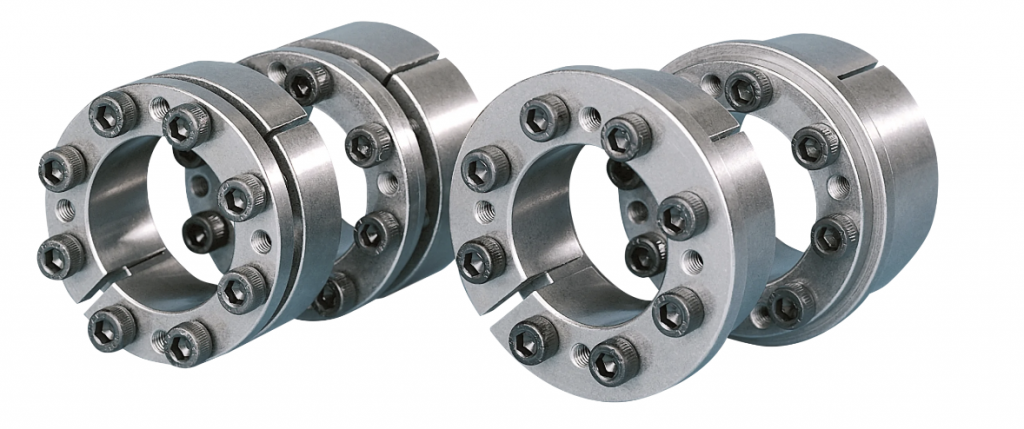
Browse our Shaft-Hub Connection Products
